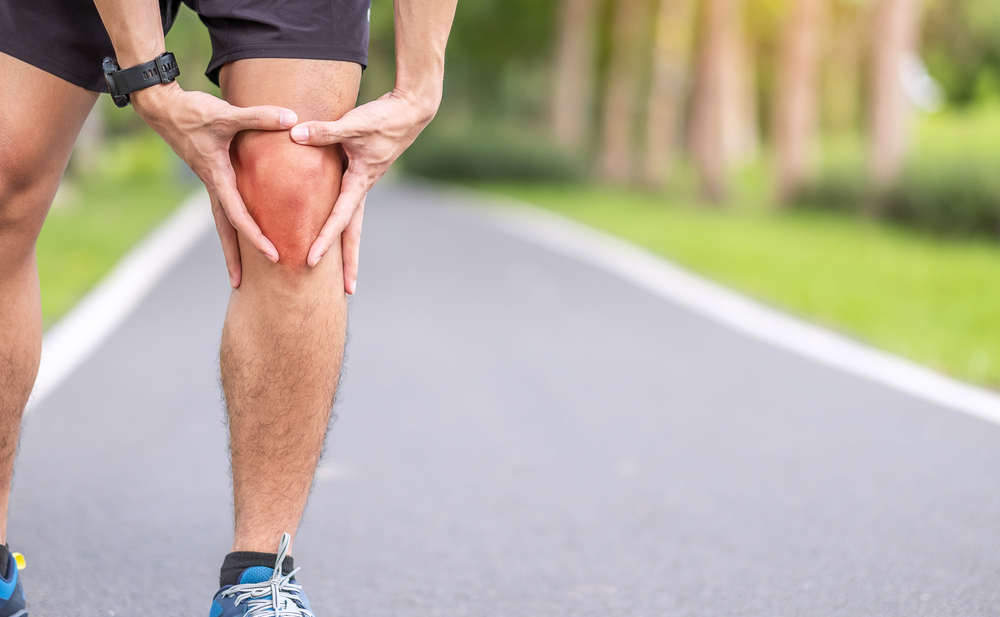Are you a health-conscious person? Do you enjoy physical activity? If so, then it’s probably safe to assume you’ve experienced your fair share of injuries and physical hindrances. In fact, one of the most common injuries athletes – as well as everyday people are prone to – is a condition known as Patellar Tendonitis.
As your trusted physiotherapy clinic in Calgary, we here at Panther Sports Medicine want you to know about anything that could potentially hinder your ability to live a happy, healthy life.
And Patellar Tendonitis is one of those things. But at this point, you may be asking yourself…
What is Patellar Tendonitis?
Patellar tendonitis, also referred to as jumper’s knee is a physical condition marked by inflammation and swelling of your patellar tendon. The patellar tendon is a piece of connective tissue attaching your kneecap and shin bone to one another. Moreover, jumper's knee compromises the strength of this tendon, so it’s crucial not to leave this unattended.
Typically caused by overuse of the tendon due to strenuous activity, patellar tendonitis is born out of the repeated tension placed on your tendon. If the condition is neglected, you run the risk of further damage by developing rips, tears, and abrasions.
The patellar tendon works alongside the muscles at the front of your thigh – known as quadriceps – to straighten your knee. Ongoing stress on the knees can cause micro-tears that irritate and put strain on the tendon.
As time progresses, the tears increase, resulting in further pain as well as a weakened tendon. Additionally, it’s common in sports that involve excessive jumping and running as the main activity.
Common causes of patellar tendonitis are:
- Overuse: activities involving frequent climbing, running, or jumping
- Misalignment: Alignment issues in the hip, knee, or ankle can contribute to stress in the patellar ligament.
- Tight leg muscles: abnormal length-tension in the thigh and calf muscles can also intensify the strain on the patellar tendon; increasing the risk of injury
Symptoms
Tenderness just below the kneecap is a common symptom of patellar tendonitis. When the leg is straight, the area below the knee may feel tender when touched. The area around the knee can also feel tight or stiff, particularly first thing in the morning.
Pain usually starts with an activity or exercise and continued activity results in an increase in symptoms. Eventually, weakness occurs in the muscles around the knee.
How is Patellar Tendonitis Treated?
You can treat patellar tendonitis in a variety of ways. Firstly, you may want to simply rest the pain-ridden area; avoiding any activity that worsens it.
Secondly, try applying ice or a cold pack for 10 to 15 minutes at a time, as often as 2 times an hour, for the first 72 hours.
Third, gentle range-of-motion exercises and stretches can help to prevent stiffness. Here are a few you can try:
- Squats
- Quad stretch
- Supine leg lifts
- Seated hamstring stretch,
And if all else fails, contact your doctor or physical therapist for additional assistance. If necessary, you may be provided with medications to reduce the pain and inflammation.
Final Thoughts
At the end of the day, you can’t be too cautious when it comes to your health and physical wellbeing. For this reason, if you suspect you have patellar tendonitis, contact our team of expert physiotherapists today for a professional assessment, in addition to an effective treatment plan.
We will assess your movement patterns and determine why the tendons are being overloaded, thereby, helping you to heal your physical impediment, as well as preventing re-injury by finding the cause of the tendonitis.





